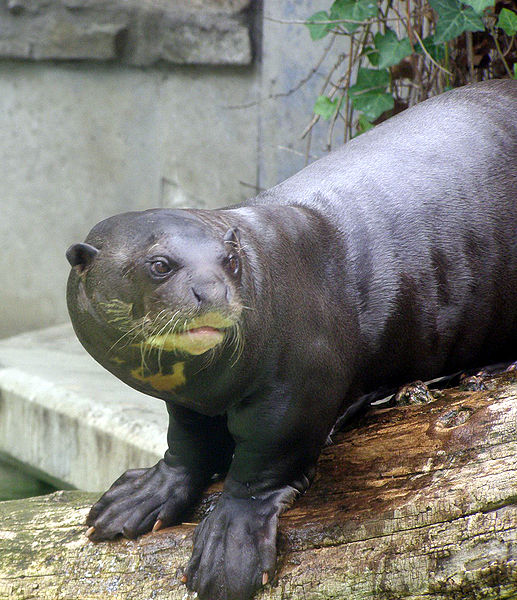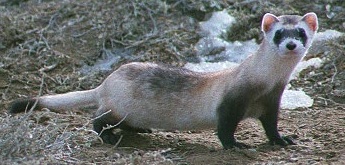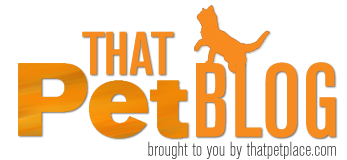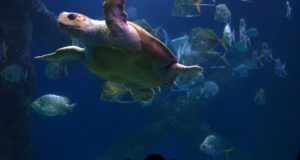 Mammalogists consider the Domestic Ferret to be a distinct species (Mustela furo) and “domesticated” in the true sense of the word. Most ferret owners can easily see, however, that 2,000+ years of captive breeding has not erased all traces of their pets’ origins. Today I’d like to give you a brief overview of the Domestic Ferret’s wild relatives.
Mammalogists consider the Domestic Ferret to be a distinct species (Mustela furo) and “domesticated” in the true sense of the word. Most ferret owners can easily see, however, that 2,000+ years of captive breeding has not erased all traces of their pets’ origins. Today I’d like to give you a brief overview of the Domestic Ferret’s wild relatives.
What Sort of Creature is the Domestic Ferret?
The Domestic Ferret is classified within the Order Carnivora, Family Mustelidae. Within the Mustelidae we find 75-80 species of Weasels, Otters, Skunks, Badgers, Wolverines and related animals (skunks have been re-classified by some taxonomists).
The Domestic Ferret that we know today has never existed as a wild species, but arose over thousands of years via the selective breeding of its ancestor, the European Polecat (Mustela putorius). The Steppe Polecat (Mustela eversmanni) may also have been bred either to European Polecats or Domestic Ferrets at some point. The modern Domestic Ferret can interbreed with both species, but is genetically distinct from them.
Tiny Weasels, Giant Otters
The Domestic Ferret’s relatives range in size from the 2.5 ounce Least Weasel (the world’s smallest carnivore) to South America’s 7-foot-long, 100 pound Giant Otter. I have worked with Least Weasels and found it hard to imagine them to be “real” predatory 
Familiar and Mysterious Ferret Relatives
The Family Mustelidae includes numerous familiar and charismatic animals such as Skunks and Sea Otters. The habits of others, such as the elusive Chinese Ferret-Badgers and Tayras, remain a mystery.
Many, including the 12 species of Otter, are threatened with extinction, while Mink, Ermine and Martens have long been raised for the fur trade, and remain economically important. In fact, American Mink have been transported to fur farms all over the world. Supremely effective predators on land or in water, escaped American Mink are well-established in Europe, and appear to be driving the smaller European Mink to the brink of extinction.
Otters to the Rescue
Several Mustelids exhibit complex social behaviors. Asian Small-Clawed Otters raise their young communally – I was amazed to see adults pull a drowning kit to shore some years ago. Seasonal color changes (Short-Tailed Weasel) and unique reproductive strategies (delayed embryo implantation) are just a few of the interesting characteristics typical of this intriguing group of animals.
“Extinct” Ferret Returns
 North America’s Black-Footed Ferret (Mustela nigripes) was believed extinct until a farm dog in Meeteetse, Wyoming presented a dead one to its owner in 1981. A small colony was subsequently located, but a rabies epidemic soon reduced the population to a mere 18 individuals. These were taken into captivity and, utilizing techniques honed on Domestic Ferrets, a breeding program was initiated.
North America’s Black-Footed Ferret (Mustela nigripes) was believed extinct until a farm dog in Meeteetse, Wyoming presented a dead one to its owner in 1981. A small colony was subsequently located, but a rabies epidemic soon reduced the population to a mere 18 individuals. These were taken into captivity and, utilizing techniques honed on Domestic Ferrets, a breeding program was initiated.
Over 5,000 Black-Footed Ferret kits have been produced to date, 2,000 of which were released into the wild as part of a reintroduction effort established in 1991. Today, this unique animal populates protected natural habitat in Arizona, Colorado, Montana, South Dakota, Utah, Wyoming and northern Mexico.
Further Reading
Please see Ferret History for the story of the ferret’s long past as a domestic animal and the unique uses to which it has been put (including as an unwilling participate in a most bizarre “sport” – Ferret Legging!)
Tayra image referenced from wikipedia and originally posted by Brian Gratwicke
Giant Otter image referenced from wikipedia and originally posted by Frank Wouters
 That Pet Blog That Pet Place Pet Blog
That Pet Blog That Pet Place Pet Blog


